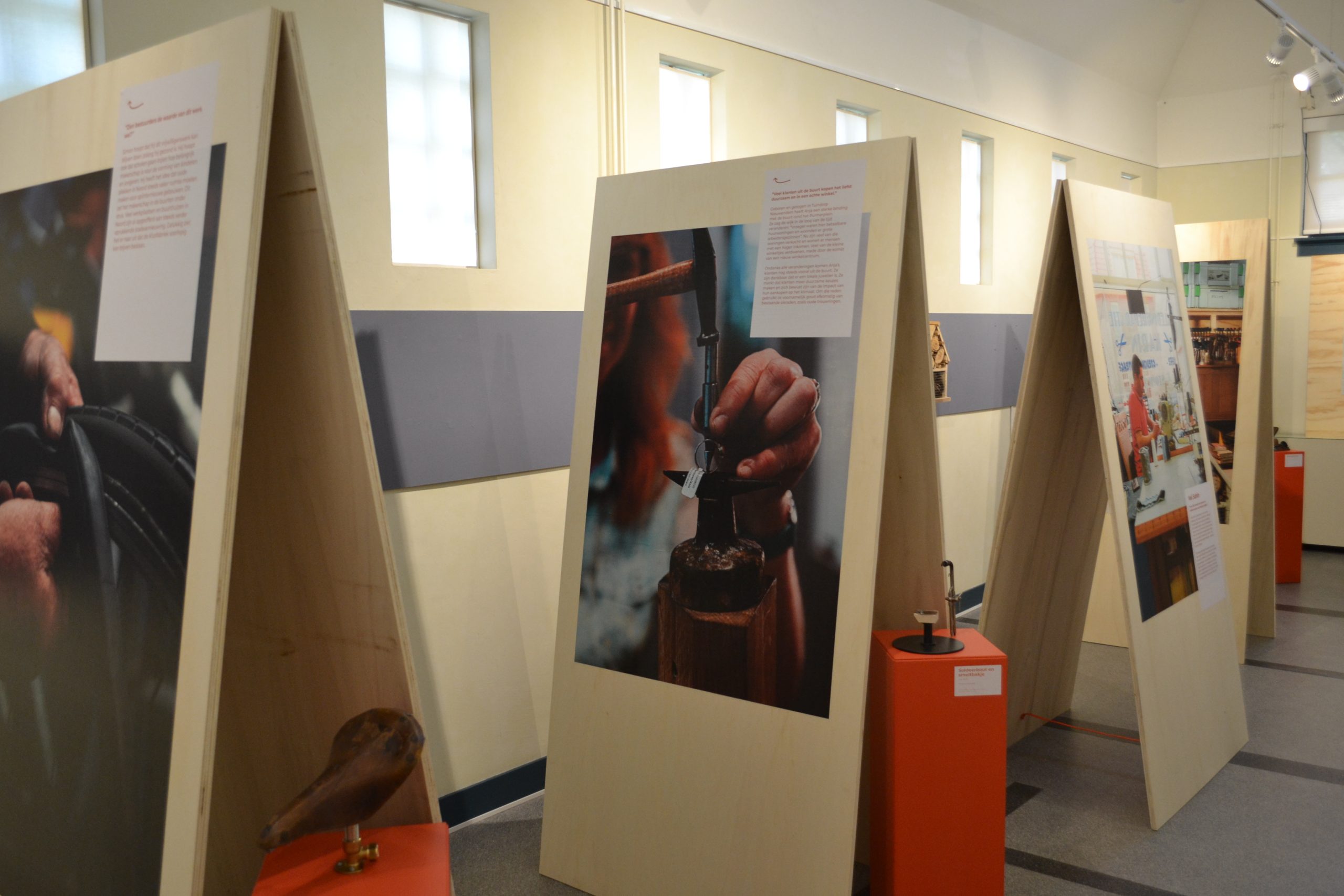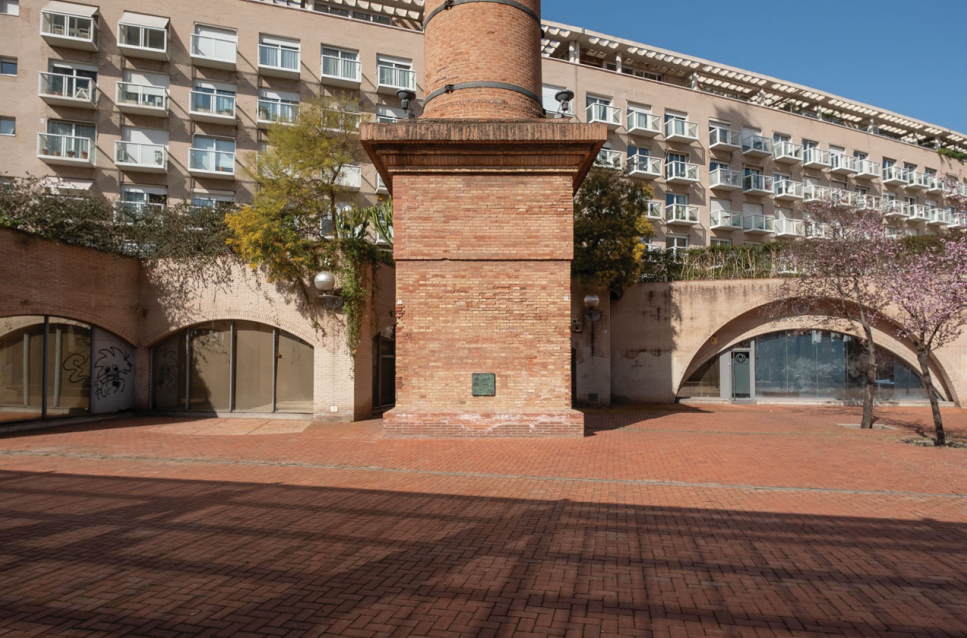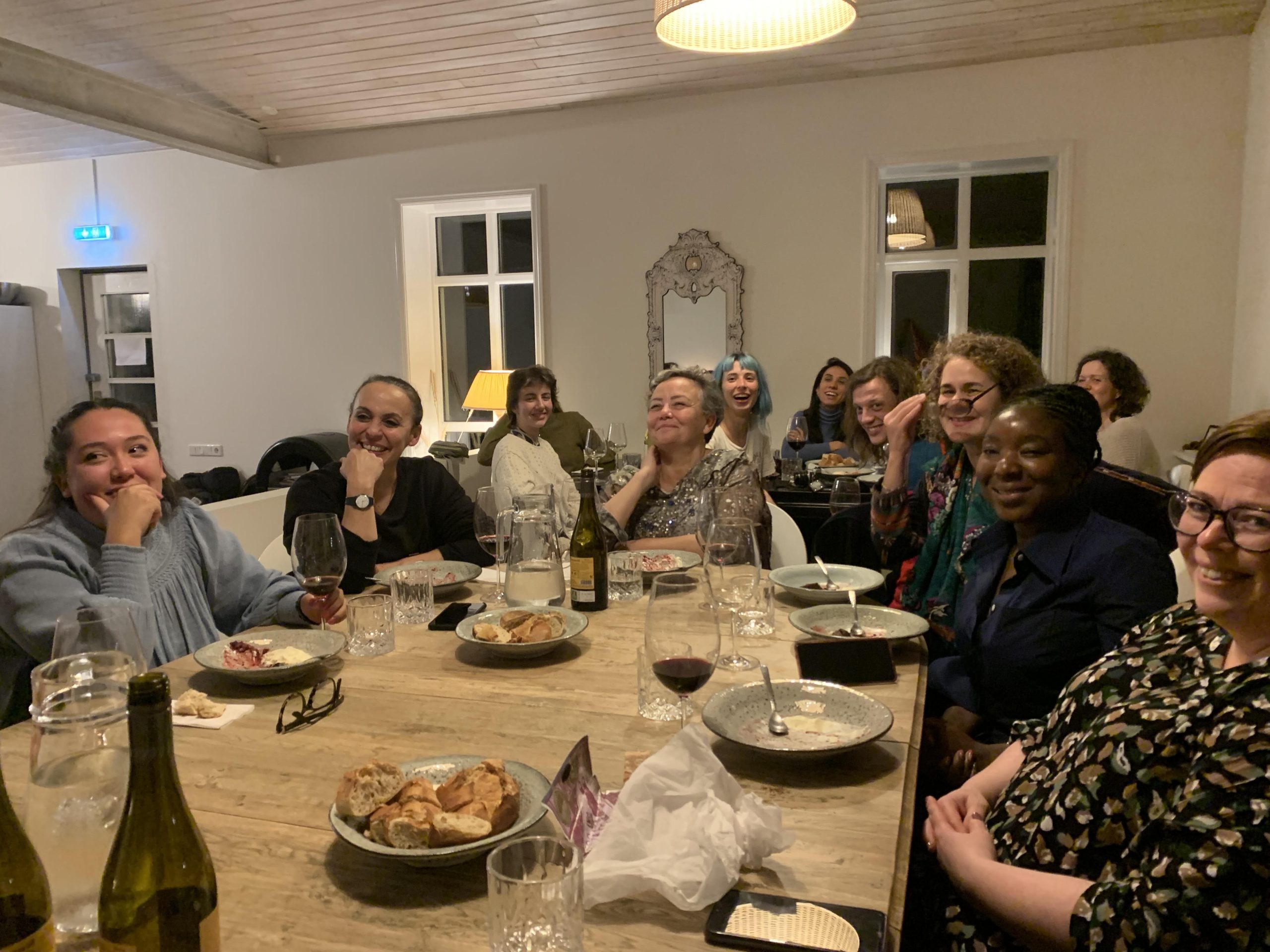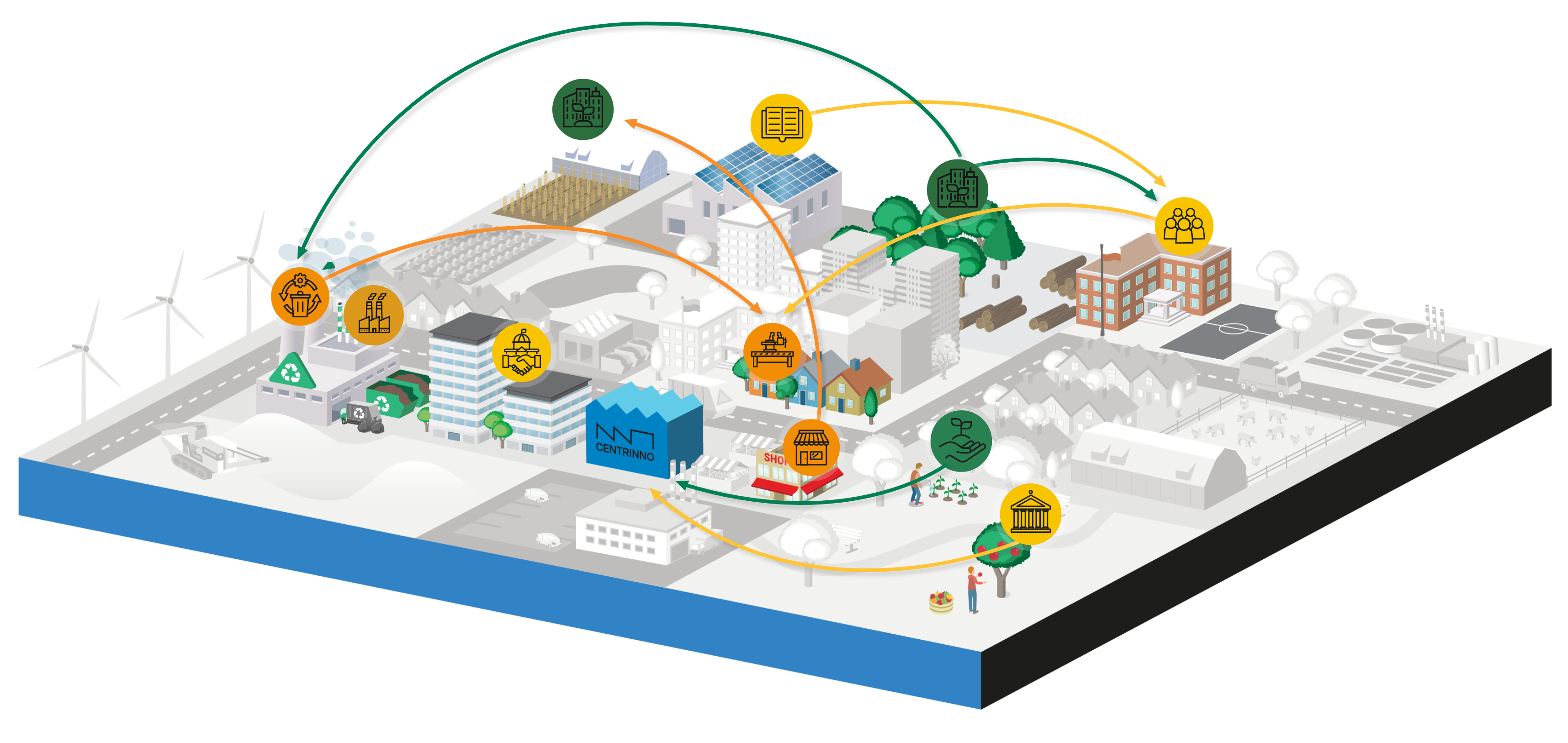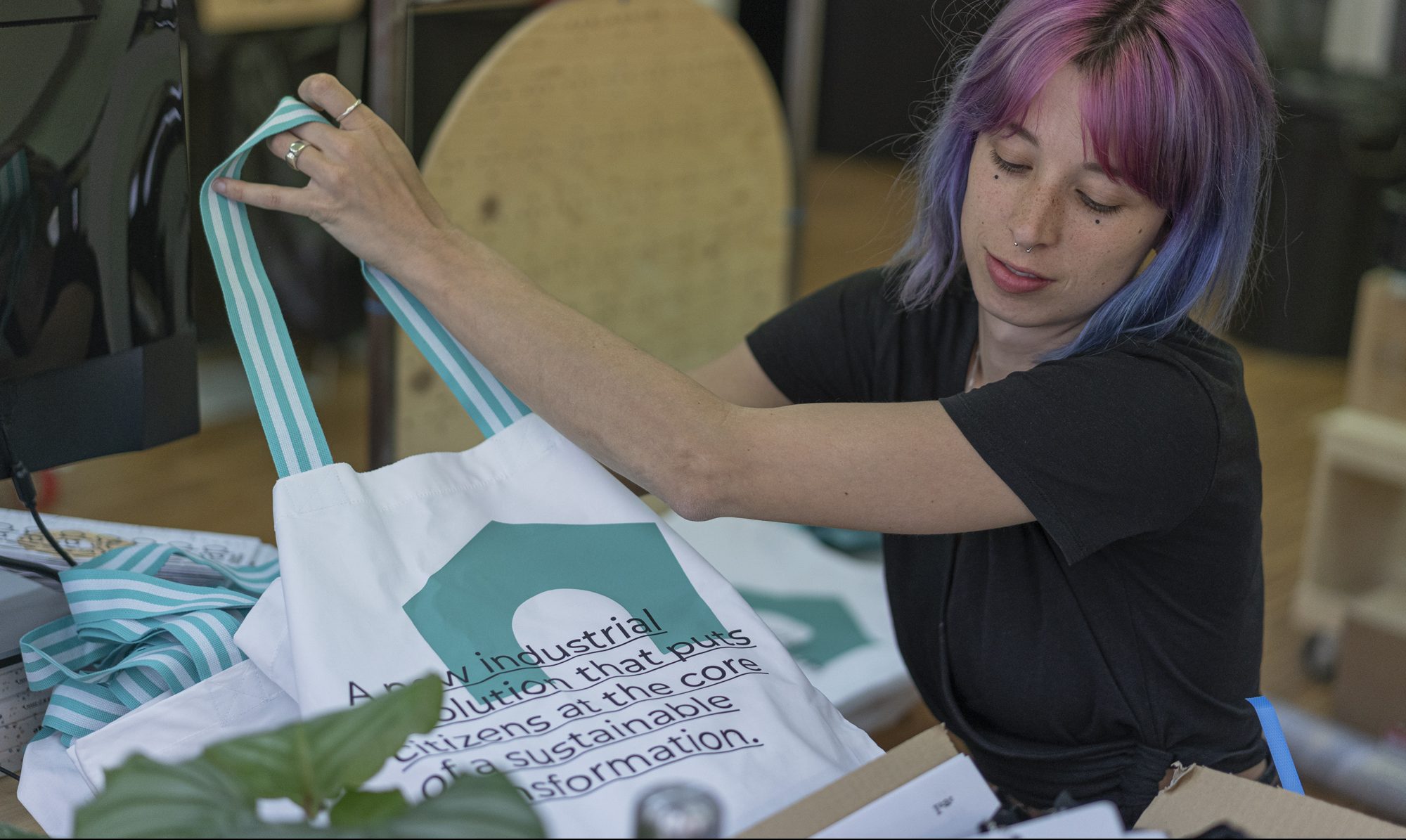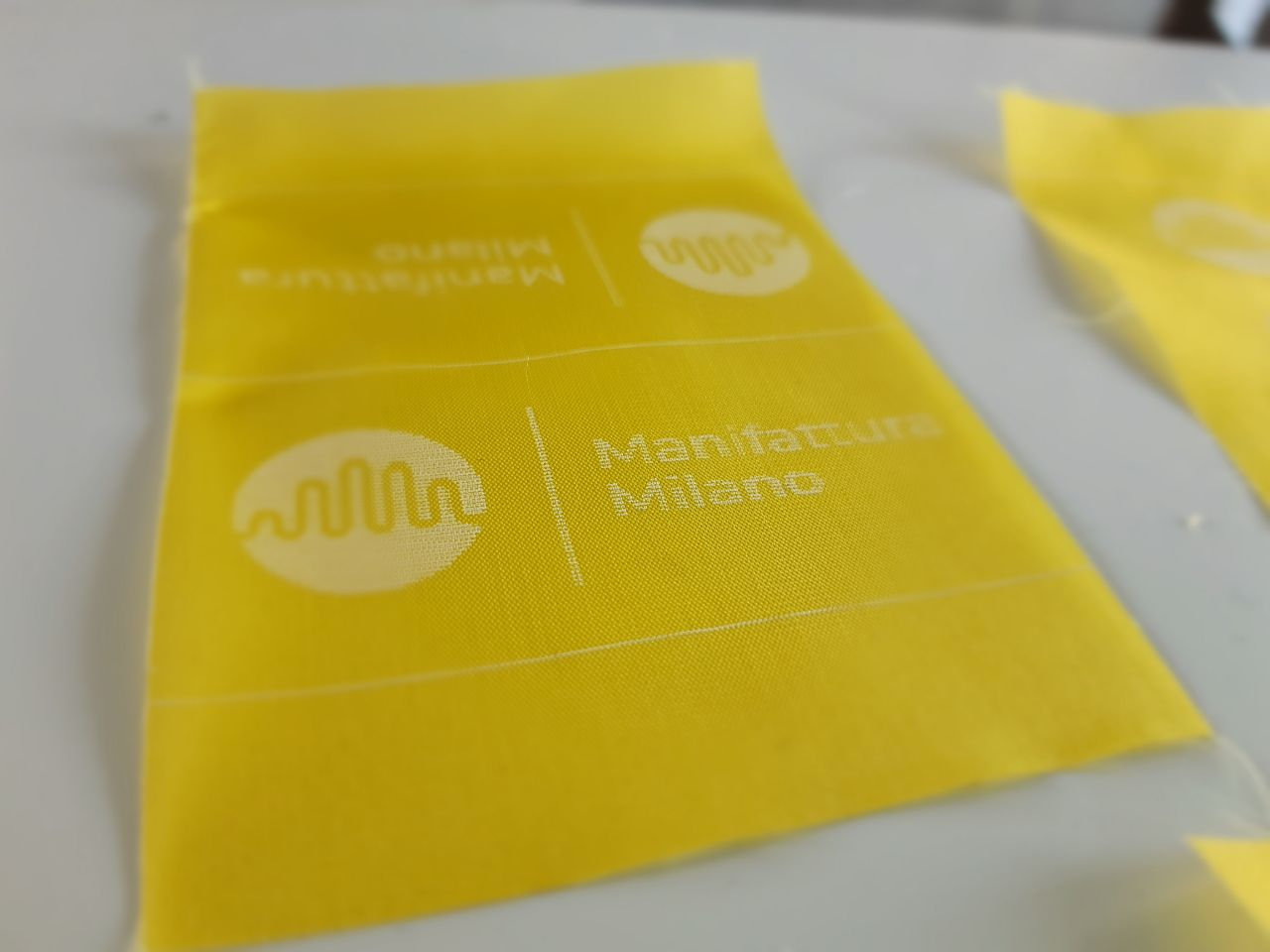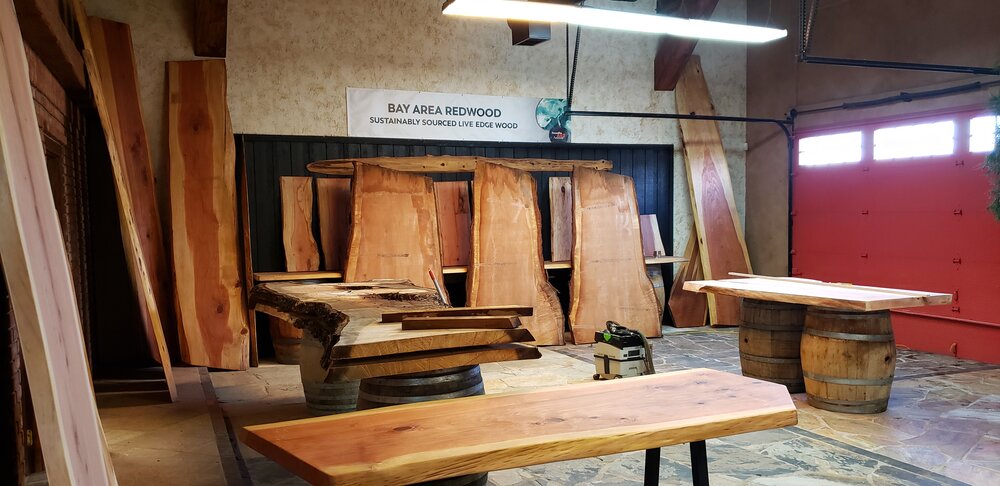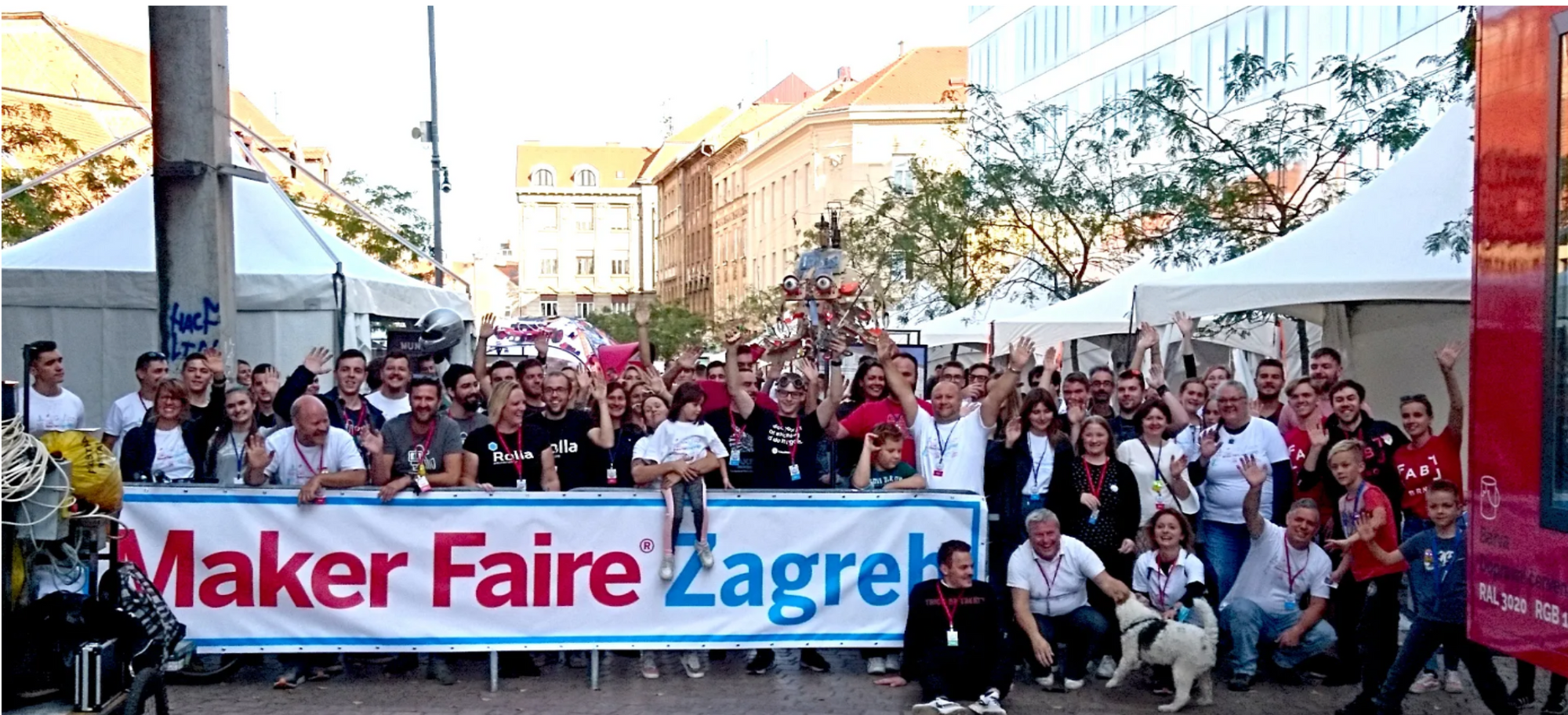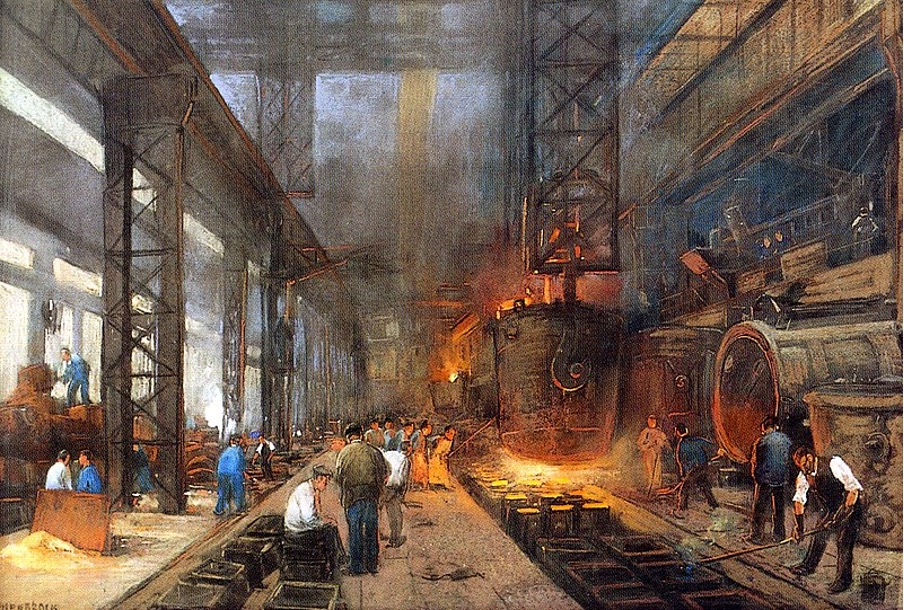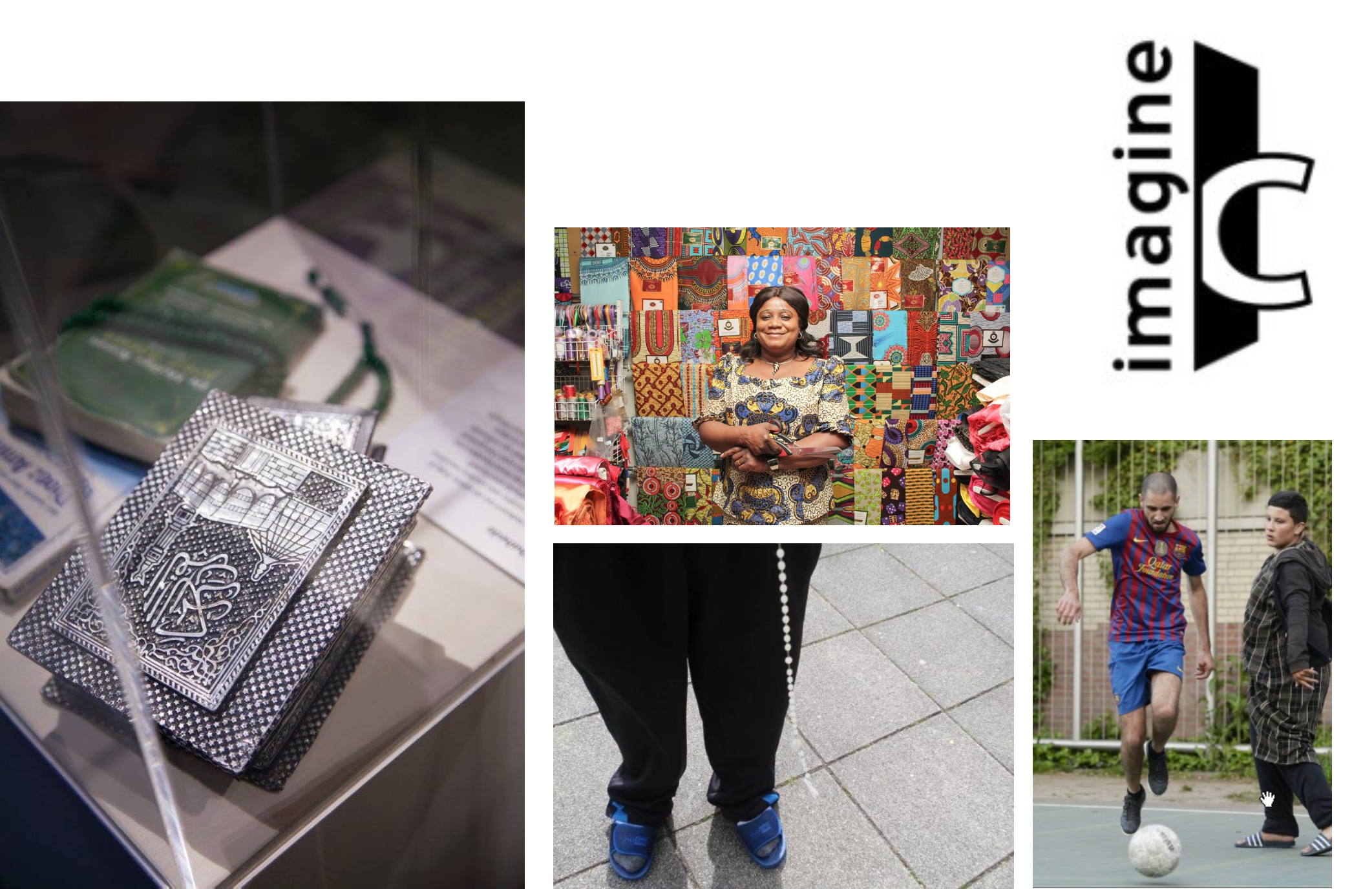BLOG
The stepping stones for community building
in the ZIC–Geneva
The stepping stones for community building
in the ZIC–Geneva
The stepping stones for community building in the ZIC-Geneva
CENTRINNO Geneva pilot boosting the crafts community in the ZIC (Industrial Zone of Charmilles)

The CENTRINNO project has brought a great opportunity to Geneva by providing tools and methods to research and help develop a coherent craftspeople network, to boost a community-based urban regeneration and to promote circular economy. With those aims in mind, the first logical step for the Geneva pilot partners was to start working with the crafts community already installed in the chosen pilot area, the ZIC (Industrial Zone of Charmilles).
Even though for the past two years of the CENTRINNO project several activities related to the five key concepts of CENTRINNO have been organized, the main focus of this blog post is to describe the pathway that the Geneva pilot have taken to develop a strategic steppingstone to help strengthen the immediate local community.
The emergence of the ZIC: The Geneva context
In order to contextualize the Geneva pilot within the CENTRINNO project, it is important to provide some background information on the pilot’s chose area reality. Located in the Northern limits of the city, the first industrial activities and buildings were implemented on the ZIC site around 1905 and then the formal Industrial Zone of Charmilles was created in 1917. The whole 22.000m2 area was, in 1998, acquired by the Municipality of Geneva and subdivided to rent to local actors at affordable prices and to accommodate some city services (green spaces maintenance, fire training).
The process of the development of the site has been done essentially by phases without an overall planning perspective. An incremental growth, by architectural sequences, always renewed with the production of new buildings in accordance to the needs of the industrial production. This method of a constant development as a «?work in progress?» constitute what the ZIC is today as an urban piece. An informal architectural arrangement constantly remodeled by the users in relation to their immediate needs. Industrial halls, sheds, circulation, form but also more anodectical elements: the guardian lodge, the totem with the letter boxes, smaller ateliers, urban gardening plots form the unique character of the site.
Accommodating the ZIC history: the foundation of the MACO

Throughout the years, however, the plan of the municipality has been to remove its services to make place for new activities attached to circular economy, innovation as well as cultural practices. Moreover, the ZIC is one of the last industrial zones within the urban tissue with a strong historic and heritage value, and all that gave floor to the launch, in 2016, of a participatory process to reintegrate the ZIC into a strategic transformation through an emergent social creative dynamic.
One of the results of this process, was the creation, in 2019, of the MACO (collaborative manufacture; lamaco.ch) which is a project that aims to be an inclusive platform, based on the values of sharing and collaboration with the intention to offer a concrete alternative to the mode of consumption through an innovative ecosystem where quality of services and products offered are found. Installed in one of the buildings of the ZIC, the 1.200m2 space of the MACO is an incubator for the zone, an innovation center with a shared governance, an economic viability, a new reproducible model and a first experience in Geneva.
This opportunity to gather activities related to circular economy, sustainability, social inclusion, professional reintegration and community oriented activities in a common place, brought together various actors such as: Onl’Fait (onlfait.ch), La Manivelle (manivelle.ch), Matériuum (materiuum.ch), Glitter (glitter-geneve.com), Le Grand Atelier (legrandatelier.ch) and Sipy – all reinforcing the concept of community building and allowing the emergence of new synergies of development and innovation. The MACO is surrounded by the immediate environment of the ZIC and its long-time actors, but not only: there is also the University of Art and Design (HEAD), the School of general culture Henry-Dunant and various primary, secondary and surrounding colleges as well as urban development poles.
The strategic approach of the Geneva Partner
It was around of the installation of this third place – open to everyone providing access to re-used materials, tools, machines, skills, know-how as well as a community at the service of self-manufacturing and re-employment – together with the CENTRINNO project carried out by three partners (Onl’Fait, Ressources Urbaines and Le Geste) in Geneva, that the objectives of the Geneva pilot within the project were born. Therefore, the main three axes of work, directly linked to the scope of CENTRINNO, were: community building, vocational training, and management of resources.
These axes and objectives, also converge straightforwardly with the main objectives of the MACO, which are: 1. To be a broker between the artisans, the industrial history of the ZIC and the transforming?neighbourhood; 2. To be a pilot of “maison de la transition” for the French-speaking Switzerland (a shared public-private space for urban manufacturing, shared governance, circular economy…); 3. To communicate the results of our work to politicians to extend the lease (now 5 years).
Therefore, throughout the first two years of the CENTRINNO project a strategic approach of investigating and communicating with local actors form the ZIC was the first step towards a proper integration of the MACO into its immediate environment. The first logic action was to
make the MACO visible and open to the neighborhood through the following pathways:
- COMMON: a space open to the outside, the neighborhood and other users;
- INTERVENTIONS: make use of the outdoor spaces to implement small scale amenities and create a more convivial public/commune environment;
- LINK/MEET: search to create and implement a strong link with the other users of the site and more largely the area?;
- CIRCULAR ECONOMY: integration of all the actors to provide as many local expertise | products as possible to a local consumption;
- INCLUSIVE PLATFORM: promote social integration founded on collaboration values, make learning, creating, experimenting, accessible and affordable.
From theory to practice
To follow this pathway, a series of strategic activities were planned – both pertinent to the MACO and to the CENTRINNO Geneva pilot team – that would work as the steppingstones towards, not only the integration of the MACO in the ZIC, but also to strengthen the idea of the importance of a strong community building.
Accordingly, a series of workshops were proposed to the whole tenants of the ZIC and the associations of the MACO with the purpose of: 1. Introduce the MACO and present the opportunities of the CENTRINNO project to the local actors; 2. Reflect on the needs and desires of the actors involved in the ZIC; 3. Discuss the creation of a common spatial identity thought the collaborative and participatory design of the outdoors common area; 4. Discussions with the municipality, the owner of the pilot area, about the results of the workshops and the implementation of the design; 5. Deliberation on the heritage of the site on a more broaden way; 6. Reflection on possible uses, relation to the neighborhood and the public, of the pilot area; and 7. Interview about resources with strategic actors to reflect on waste management, collaborative use of resources, energy efficiency and mobility.
Through the implementation of the MACO, the support of the municipality and the mentioned strategic approach and activities for this steppingstone/work-in-progress process, the Geneva pilot has been able to follow to next step of reflections and actions towards building this strong, pertinent and resourceful community in order to move closer to its objectives within the CENTRINNO project.













